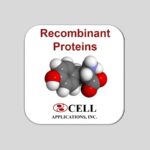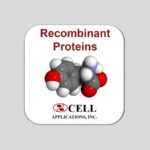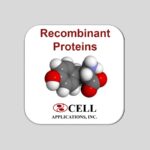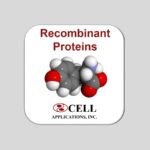Anti-CLOCK: Mouse CLOCK Antibody
Mouse CLOCK Antibody: Mouse CLOCK Antibody
Size: 100 ul
Price: $354.00
Description
The complex program of gene expression that characterizes circadian physiology is possible through dynamic changes in chromatin transitions. These remodeling events are therefore of great importance to insure the proper timing and extent of circadian regulation. Recent advances in the field have revealed unexpected links between circadian regulators, chromatin remodeling and cellular metabolism. Specifically, the central clock protein CLOCK has HAT enzymatic properties. It directs acetylation of histone H3 and of its dimerization partner BMAL1 at K537, an event essential for circadian function. In addition, the HDAC activity of the NAD+-dependent SIRT1 enzyme is regulated in a circadian manner. It has been proposed that SIRT1 functions as an enzymatic rheostat of circadian function, transducing signals originated by cellular metabolites to the circadian clock. Thus, a specialized program of chromatin remodeling appears to be at the core of the circadian machinery.3 Emerging evidence suggests a close link between the circadian clock system and metabolic homeostasis. It was shown that KLF10 (also known as Tieg1), previously shown to be a regulator of bone physiology, is a CLOCK/BMAL1-controlled transcription factor regulating genes implicated in glucose and lipid metabolism in liver.4 Finally, CLOCK is shown to be mutated in cancer, and altered response to DNA damage provides one plausible mechanism of tumorigenesis.5
2. Nader, N. et al: FASEB J. 23:1572-83, 2009
3. Grimaldi, B. et al: Int. J. Biochem. Cell Biol. 41:81-6, 2009
4. Guillaumond, F. et al: Mol. Cell. Biol. 30:3059-70, 2010
5. Alhopuro, P. et al: Mol. Cancer Res. 8: 952–60, 2010
Details
| Cat.No.: | CP10283 |
| Antigen: | Raised against recombinant human CLOCK fragments expressed in E. coli. |
| Isotype: | Mouse IgG1 |
| Species & predicted species cross- reactivity ( ): | Human |
| Applications & Suggested starting dilutions:* | WB 1:1000 IP n/d IHC n/d ICC n/d FACS n/d |
| Predicted Molecular Weight of protein: | 95 kDa |
| Specificity/Sensitivity: | Detects CLOCK proteins without cross-reactivity with other family members. |
| Storage: | Store at -20°C, 4°C for frequent use. Avoid repeated freeze-thaw cycles. |
*Optimal working dilutions must be determined by end user.




